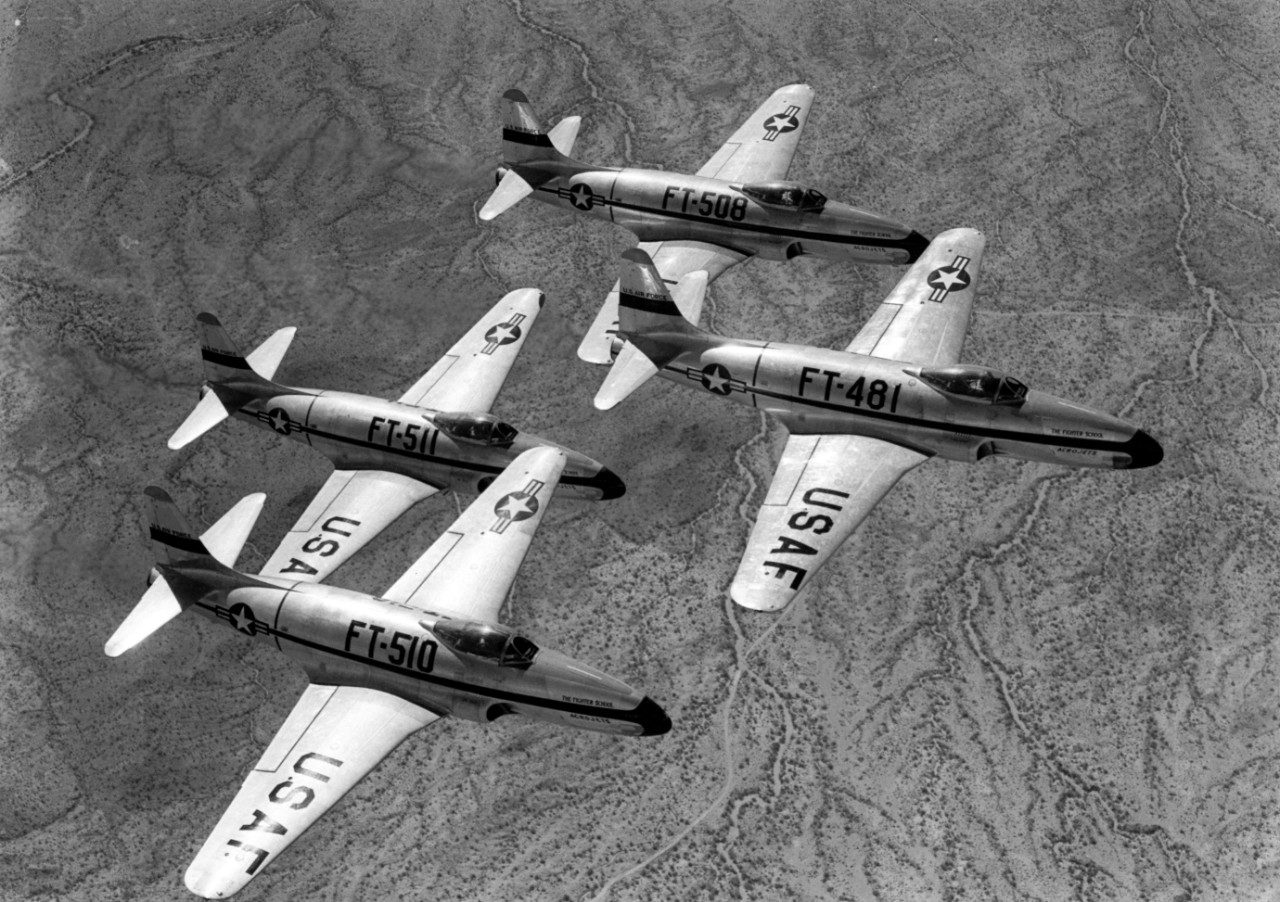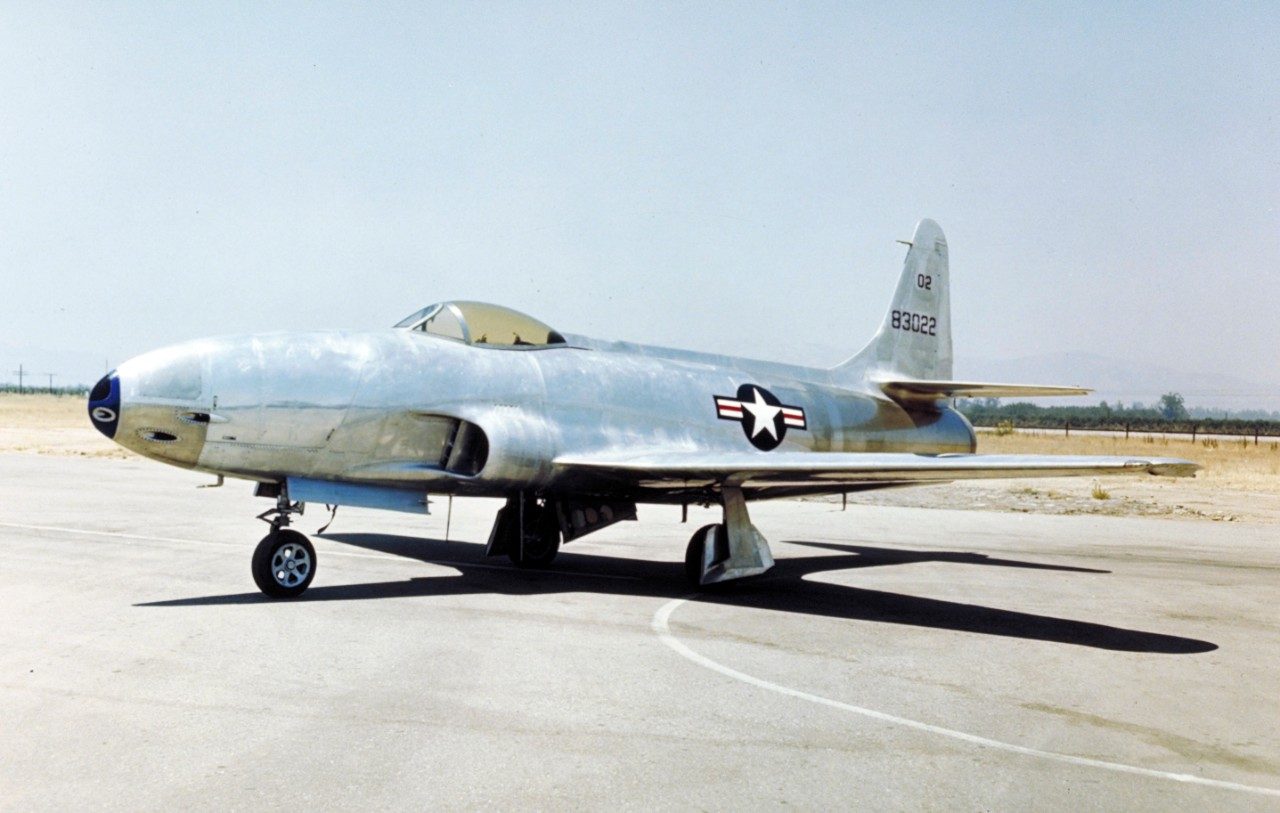During the summer of 1943, Lockheed Chief Engineer Kelly Johnson enlisted an elite team of engineers and shop mechanics to gather in a rented circus tent he had pitched downwind from a noxious plastics factory at the edge of Lockheed’s Burbank, Calif., facility. The purpose was to keep nosy onlookers at bay.
All he was allowed to tell his team, on orders from the U.S. Air Force, was that they would be expected to toil 10 hours a day, six days a week, for the foreseeable future on a new airplane prototype. They were to work under strict secrecy, completely under his command, according to deadlines most would find impossible to meet.

The group accepted the terms without hesitation, even though few knew the whole story. Newly developed German jet fighters, with their superior speed and acceleration, showed early signs of dominating the skies over Europe. And the U.S. War Department, hoping to quickly level the playing field, had recruited Johnson to build what would become the United States’ first true operational jet fighter — the P-80.
With the pressing need to counter the emerging German threat quickly, the War Department gave Johnson a seemingly insurmountable deadline to design and build the new aircraft — 150 days.
Johnson gladly took on the challenge. Now it was up to his new team to deliver.
Fast as a Shooting Star
And deliver they did. Over the course of the next six months, the Lockheed team exceeded expectations, delivering the sleek XP-80 prototype in 143 days, seven days ahead of schedule.
It was dubbed the Shooting Star in honor of its unparalleled speed, with some modified models capable of passing 600 mph. With its bullet-shaped fuselage, flush rivets and smooth skin, the production P-80 was not only a looker but also an intimidating attack plane, boasting six .50-caliber machine guns and underwing shackles for bombs, a deadly mix of strength and speed.
Although the P-80 did not see action in World War II, the timely delivery of the Shooting Star by Lockheed set the stage for the Shooting Star’s early dominance during the Korean War as America’s front-line fighter.

Korean War Hero
Sources and Additional Reading
- Boyne, Walter. Beyond the Horizons: The Lockheed Story. New York: St. Martin’s Griffin, 1999.
- Felton, James. “Shooting Star.” Life. August 13, 1945.
- Littoral. “The Shooting Star.” Flying. October 1945.
- Rich, Ben R., and Janos, Leo. Skunk Works: A Personal Memoir of My Years of Lockheed. New York: Back Bay Books, 1996.
- Winchester, Jim. Jet Fighters: Inside and Out. London: Amber, 2011




